Review: The MacBook Pro with Vega 20 ups the ante of performance and price
MacBook Pro with Vega 20 GPU
4.0 / 5Last updated
The i9 MacBook Pro is a feat of engineering and design that Apple has carried forward for the last three models, but choices made at the inception of the line are echoing forward to today, still cutting back a very little bit on what the computer could be, even with the new Vega 20 graphics.
The latest MacBook Pro retains the fourth major body redesign that the product line has seen. The new design leans heavily on fabrication techniques used for the Retina MacBook, MacBook Air, and iPad, with the design still 0.61 inches (15.5 mm) thick — making it thinner than the MacBook Air.
Apple's high end 15-inch MacBook Pro is still available in standard Silver and a darker Space Gray finish.
As before, the Touch ID button is still a physical one, and it serves as an emergency way to force a shut down in the case of a nasty Kernel Panic, as well as for authentication after you've logged in. Other power functions are handled automatically by default, with the user opening and closing the lid to respectively wake or sleep the machine.
The Touch Bar remains polarizing, is unchanged from previous models, and we aren't going to discuss it here.
By the numbers
The whole point of the 2017 MacBook Pro refresh was the addition of Kaby Lake. The 2018 has taken that a bit farther with Coffee Lake, and DDR4 RAM in the 15-inch model. The November shipment of Vega 16 and 20 models takes that a bit further — for a bit more money.
For this review, we're examining the 2.9GHz 15-inch MacBook Pro with i9 processor, 512GB of flash storage, and 32GB of RAM. The retail price on this configuration with the Vega 20 is $3849.
Keyboard, again and still
That keyboard. Once again, we've gone over this before, in our 13-inch MacBook Pro review, and the 15-inch i7 that was released at WWDC.
It's still got that rubber gasket. It's still clackier than the 2015. It is still polarizing, depending on what you feel about key travel, and we still don't know if reliability is any better than the 2016 or improved 2017.
But, on the subject of reliability — while Apple has a repair program for the 2016 and 2017 model, there aren't an epidemic of failures spanning every user across the globe. We're not thrilled that it is less reliable than the 2015 keyboard, but it is not a wide-spread phenomenon.
Even better GPU than before, but at a cost
The Radeon Pro 555 and Radeon Pro 560 shipped in the 2017 model. The 2018 model used to have "X" versions of both, with slightly better performance and more video RAM.
With the refresh in November, the 555X has been dumped in favor of the Radeon Pro 560X at a default, with user options for the Vega 16 and Vega 20 chipsets.
There's been some confusion about the choice to use the Vega 20 name for one of the two options, as it is believed by enthusiast PC users that the Vega 20 will be the first GPU from the company using a 7-nanometer process. The desktop-class GPU is said to include between 16GB and 32GB of HBM2 and require between 150 Watts and 300 Watts to run, which can be generously described as undesirable for notebook usage.
So, this is not that.
In any event, the Vega 16 and Vega 20 include support for second-generation high bandwidth memory (HBM2) that provides a few extra bonuses compared to the more conventional GDDR5 memory used in other graphics cards. As the name suggests, it offers considerably more memory bandwidth per chip compared to GDDR5, while at the same time consuming less power — and it is on the GPU die, making for a simpler assembly to cool.
As it has done so for a decade plus, macOS can automatically activate and switch to the dedicated GPU when necessary and fall back to integrated graphics to save energy. In these cases, the on-board graphics are a hair faster than the previous generation's integrated chipset, but nothing notable.
True Tone display
There's a lot to say about True Tone. In short, Apple's True Tone technology takes input from a pair of sensors in the screen, and will alter the settings of the internal display and compatible external ones to account for the lighting condition in the room.
This is unchanged from the previous model. We said that we'd tell you how we felt about it in a few months from a day-to-day use perspective, and the verdict is still out for us. We're activating it for general use, and turning it off for applications that require precise color — which is perhaps what Apple intended in the first place.
RAM
Get as much RAM as you can afford at purchase. Like we've said before, it's a worthwhile purchase if you're looking to keep the machine for four years or more.
As with the summer update, Apple has shifted to DDR4 RAM to get the 32GB option, as it literally couldn't get there with LPDDR3 RAM. The inclusion is both faster than LPDDR3, and more power-hungry. And, it's also hotter, further complicating an already tight thermal situation.
Testing the silicon
Our model's i9 CPU has base clock speed of 2.9GHz and a maximum boost clock of 4.8GHz. Geekbench 4 isn't the entire tale, but results for this i9 Macbook Pro are an impressive improvement from the top spec 2017 model.
Starting with Geekbench 4's OpenCL Graphics test, the Vega 20 achieves a 37 percent better score than the 560X. Geekbench 4's Metal test showed a 23 percent improvement.
One thing we noticed was that the Vega 20 graphics in the MacBook Pro ran cooler compared to the 560X thanks to improvements in efficiency. Now this can lead to some more benefits, but we'll talk about that more in a a bit.
Now onto some more serious benchmarks: video editing in Final Cut Pro X.
Starting with stabilizing a 20 second 4K clip in Final Cut Pro X, the MacBook Pro with Vega 20 only took 8 seconds compared to 13 on the 560X. Exporting a 5 minute 4K clip, Vega 20 took 3 minutes and 21 seconds compared to 3 minutes and 44 seconds on the 560X, which isn't too big of a difference.
However, when we start using a more power-demanding format, like 4K RAW from the Canon C200, we see a much bigger difference. The Vega 20 exported a 5 minute 4K C200 RAW clip in 13 minutes and 54 seconds compared to 18 minutes and 30 seconds.
The real difference is in how well each MacBook plays back the footage while editing. Vega 20 was able to play back the 4K C200 Graded RAW footage at 31 frames per second compared to only 20 on the 560X. With the Vega 20, you get perfectly smooth playback, even if you shot your footage at 30 frames per second. That's only a few FPS behind the Blackmagic RX 580 eGPU connected to the 15-inch MacBook Pro.
Thermals
The 15-inch i9 MacBook Pro is a hot machine. While it is pretty great, that's not the hot we're referring to. It runs warm in every regard, in a very small chassis.
But, there are some efficiencies in the Vega 20 that we didn't see in the Radeon Pro 560X. During our testing, the CPU speed in the Vega 20 model exceeded the baseline speed under load by a higher margin than the 560X in the same 20C office that we ran the testing in the first place.
In our Red RAW export, which pushes the CPU and GPU to its limits, the i9 processor ran at a steady 2.9GHz compared to only 2.4GHz in our previous testing with the 560X graphics.
We also tested Cinebench R15's CPU test to take the graphics completely out of the equation, and the i9 processor scored 57 points higher with Vega 20 graphics compared to 560X graphics, so Apple definitely improved something — but we're just not sure what it is.
So as far as video editing goes, Vega 20 is more than a worthwhile upgrade for the extra performance you get.
Flash speeds are blistering
The drive is absolutely no slouch. Running the BlackMagic disk speed test after the machine had been indexing for three days, we saw a write speed of 2790 megabytes per second.
Other venues have claimed that this is because of APFS cloning, but after consultation with BlackMagic, we have confirmed that is not the case, and the speeds are genuine.
Thunderbolt 3
USB-C is not the end of the world, but it is an adjustment for users. That adjustment is better actually made, than struggled with using half-baked solutions. USB-C-to-whatever connectors are cheap, and plentiful. Complain all you like, but the Thunderbolt 3 with the USB-C connector is a universal port for video, power, and data, is far faster than USB 3.0, and is a game-changer for use cases, if you let it help you and fight it less.
A solution that may keep adapter costs down if you're hell-bent on not recabling peripherals is a Thunderbolt dock. While Thunderbolt 3 docks start at $199 retail, the $49 Apple Thunderbolt 2 to Thunderbolt 3 adapter will work nicely if you want to use an older dock with the newer gear, possibly making the prospect of a Thunderbolt 2 (or even original Thunderbolt) dock cheaper than a bag full of adapters.
Furthermore, if you're considering an external GPU, many of the enclosures have USB-A and Ethernet ports, in an accessory that costs not much more than a dock does. If all you need are a few USB-A ports, get a USB 3.0 dock, along with a USB-C to USB-B cable for around $8. Problem solved.
Better video, better computer, more money
If you liked the MacBook Pro's power to price ratio, the Vega options add a decent performance package for the money. If you weren't happy about the price as compared to Windows machines, this won't help one bit.
You can say all you want that there are cheaper Wintel vendors, and you'll be right. Get the right tool for the right job. If Windows makes you happy, then by all means, head on over. But, the i9 MacBook Pro from the summer was right tool for macOS users, with the Vega 20 adding more for users.
But like the model it supplants, it still may not be for everybody, and that's okay.
Score 4 out of 5
Save $225 on every Vega MacBook Pro
For a limited time, Apple authorized reseller Adorama is taking $225 off every Mid 2018 15-inch MacBook Pro with Vega 16 or Vega 20 graphics for AI readers. This deal, which can be activated with coupon code APINSIDER using the pricing links below and in our Price Guide, delivers the lowest prices anywhere on the newly released configurations.
What's more, Adorama will not collect sales tax on your order if you live outside NY and NJ. For most customers, that incentive combined with our $225 coupon will save you between $470 to $790 on these brawny new machines.
To snap up the discounts, you must shop through the pricing links below or in our Price Guide and enter coupon code APINSIDER during checkout. Need help? Send us a note at [email protected] and we will do our best to assist.
2018 15" MacBook Pros with Vega 20 graphics
- 15" MacBook Pro (2.6GHz 16GB 512GB Vega 20) Space Gray: $2,924* ($225 off)
- 15" MacBook Pro (2.6GHz 16GB 512GB Vega 20) Silver: $2,924* ($225 off)
- 15" MacBook Pro (2.6GHz 16GB 1TB Vega 20) Space Gray: $3,324* ($225 off)
- 15" MacBook Pro (2.6GHz 16GB 1TB Vega 20) Silver: $3,324* ($225 off)
- 15" MacBook Pro (2.6GHz 16GB 2TB Vega 20) Space Gray: $4,124* ($225 off)
- 15" MacBook Pro (2.6GHz 16GB 2TB Vega 20) Silver: $4,124* ($225 off)
- 15" MacBook Pro (2.6GHz 16GB 4TB Vega 20) Space Gray: $6,124* ($225 off)
- 15" MacBook Pro (2.6GHz 16GB 4TB Vega 20) Silver: $6,124* ($225 off)
- 15" MacBook Pro (2.6GHz 32GB 512GB Vega 20) Space Gray: $3,324* ($225 off)
- 15" MacBook Pro (2.6GHz 32GB 512GB Vega 20) Silver: $3,324* ($225 off)
- 15" MacBook Pro (2.6GHz 32GB 1TB Vega 20) Space Gray: $3,724* ($225 off)
- 15" MacBook Pro (2.6GHz 32GB 1TB Vega 20) Silver: $3,724* ($225 off)
- 15" MacBook Pro (2.6GHz 32GB 2TB Vega 20) Space Gray: $4,524* ($225 off)
- 15" MacBook Pro (2.6GHz 32GB 2TB Vega 20) Silver: $4,524* ($225 off)
- 15" MacBook Pro (2.6GHz 32GB 4TB Vega 20) Space Gray: $6,524* ($225 off)
- 15" MacBook Pro (2.6GHz 32GB 4TB Vega 20) Silver: $6,524* ($225 off)
- 15" MacBook Pro (2.9GHz 16GB 512GB Vega 20) Space Gray: $3,224* ($225 off)
- 15" MacBook Pro (2.9GHz 16GB 512GB Vega 20) Silver: $3,224* ($225 off)
- 15" MacBook Pro (2.9GHz 16GB 1TB Vega 20) Space Gray: $3,624* ($225 off)
- 15" MacBook Pro (2.9GHz 16GB 1TB Vega 20) Silver: $3,624* ($225 off)
- 15" MacBook Pro (2.9GHz 16GB 2TB Vega 20) Space Gray: $4,424* ($225 off)
- 15" MacBook Pro (2.9GHz 16GB 2TB Vega 20) Silver: $4,424* ($225 off)
- 15" MacBook Pro (2.9GHz 16GB 4TB Vega 20) Space Gray: $6,424* ($225 off)
- 15" MacBook Pro (2.9GHz 16GB 4TB Vega 20) Silver: $6,424* ($225 off)
- 15" MacBook Pro (2.9GHz 32GB 512GB Vega 20) Space Gray: $3,624* ($225 off)
- 15" MacBook Pro (2.9GHz 32GB 512GB Vega 20) Silver: $3,624* ($225 off)
- 15" MacBook Pro (2.9GHz 32GB 1TB Vega 20) Space Gray: $4,024* ($225 off)
- 15" MacBook Pro (2.9GHz 32GB 1TB Vega 20) Silver: $4,024* ($225 off)
- 15" MacBook Pro (2.9GHz 32GB 2TB Vega 20) Space Gray: $4,824* ($225 off)
- 15" MacBook Pro (2.9GHz 32GB 2TB Vega 20) Silver: $4,824* ($225 off)
- 15" MacBook Pro (2.9GHz 32GB 2TB Vega 20) Space Gray: $6,824* ($225 off)
- 15" MacBook Pro (2.9GHz 32GB 2TB Vega 20) Silver: $6,824* ($225 off) *Price with coupon code APINSIDER. Adorama will not collect tax on orders shipped outside NY & NJ.
 AppleInsider Staff
AppleInsider Staff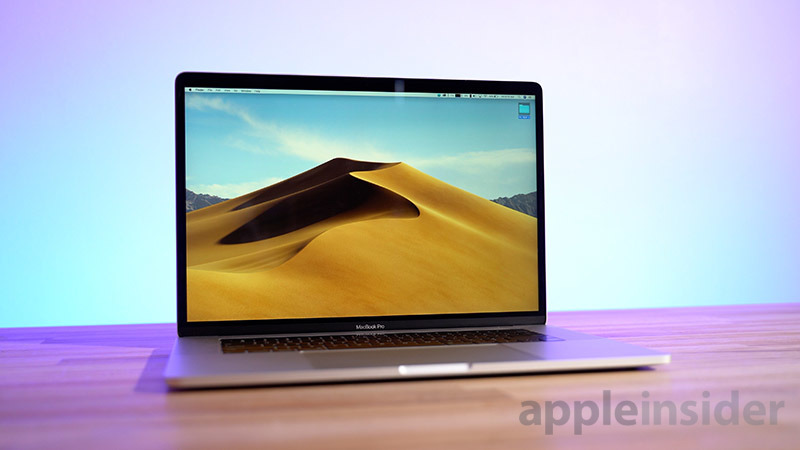

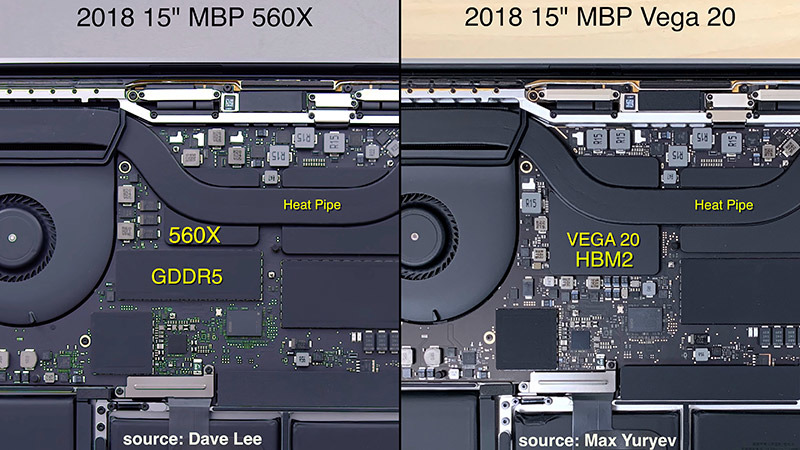
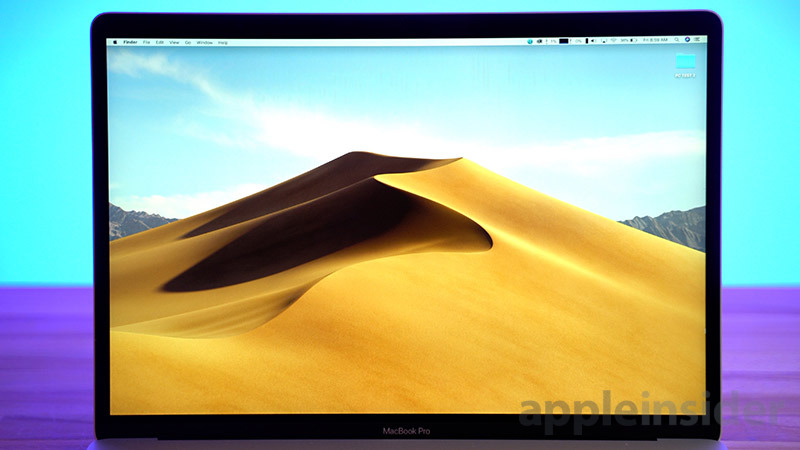
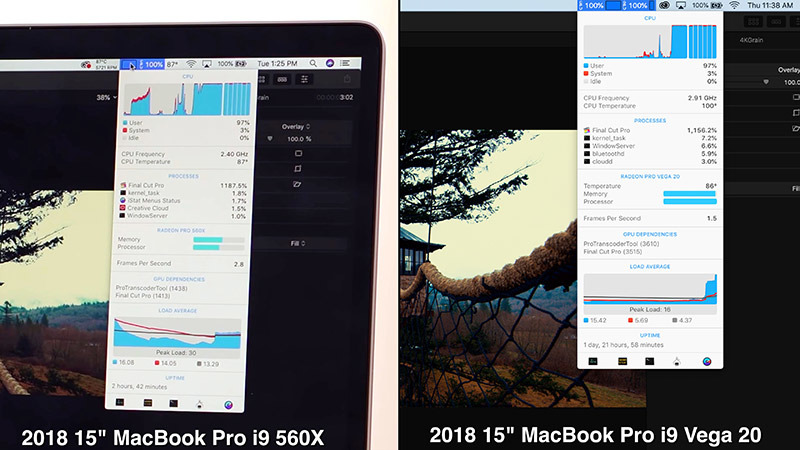

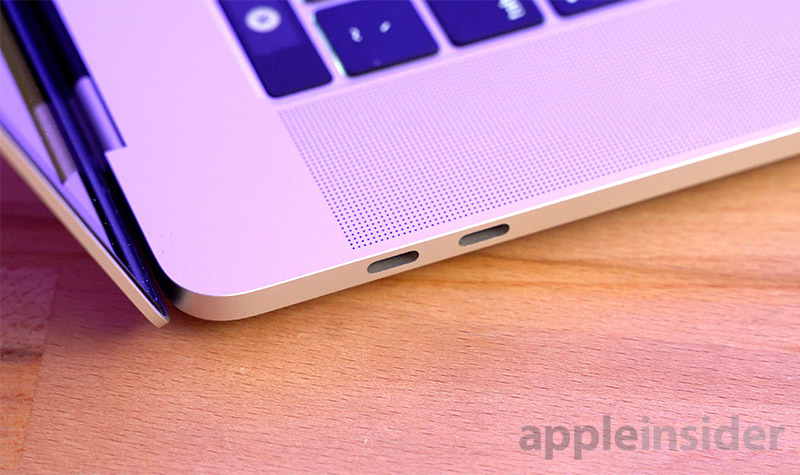


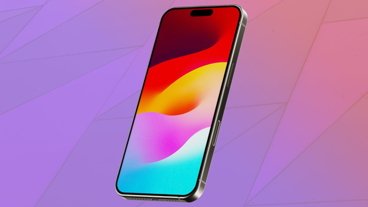
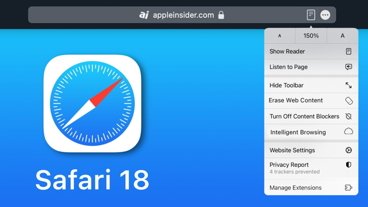
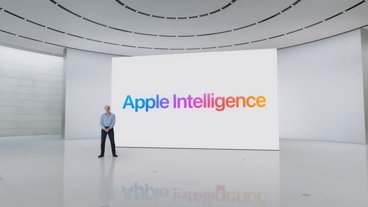
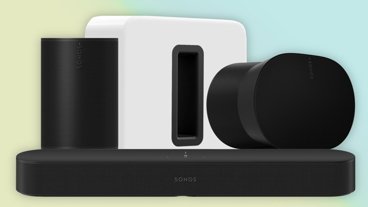
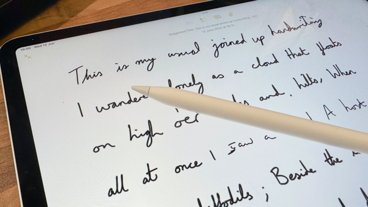
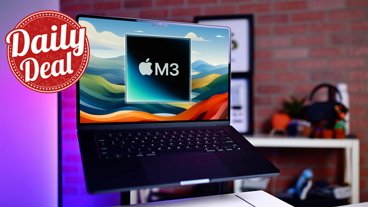
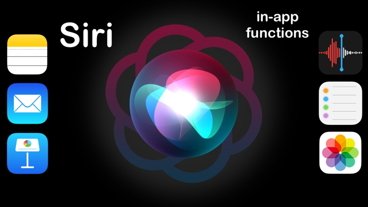
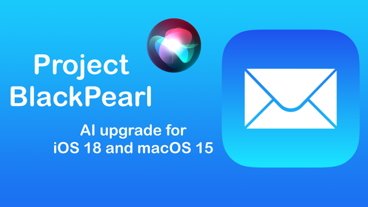
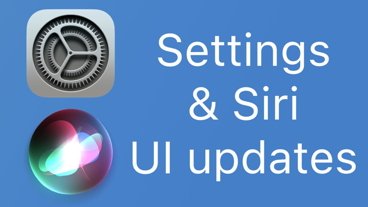


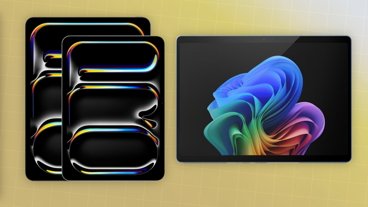

 Charles Martin
Charles Martin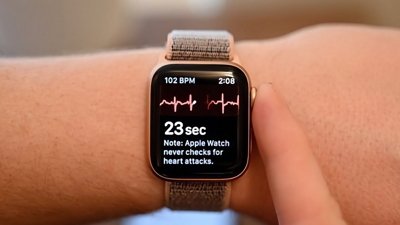

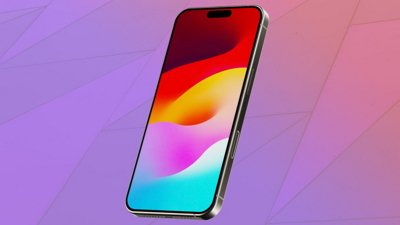
 Malcolm Owen
Malcolm Owen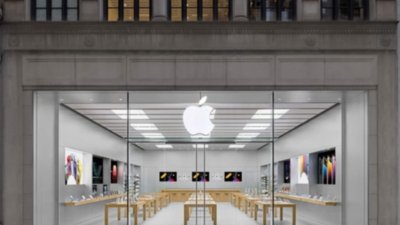
 Stephen Silver
Stephen Silver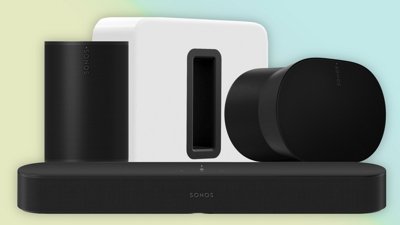
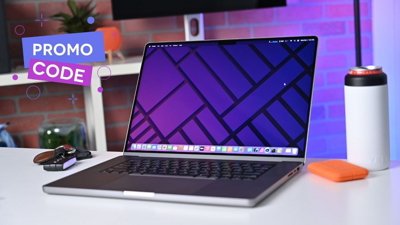
 Christine McKee
Christine McKee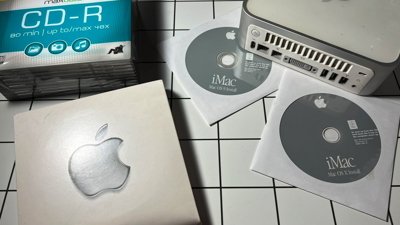
 Chip Loder
Chip Loder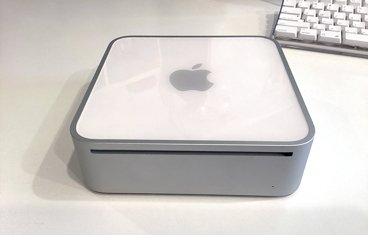


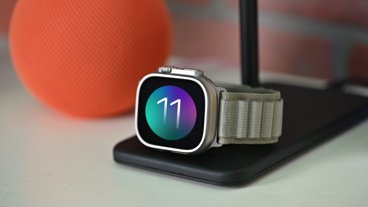

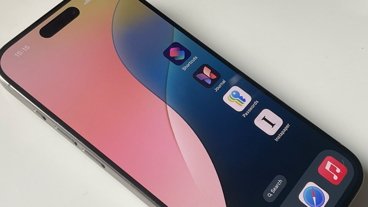
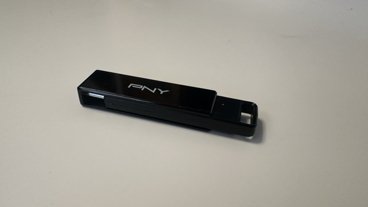
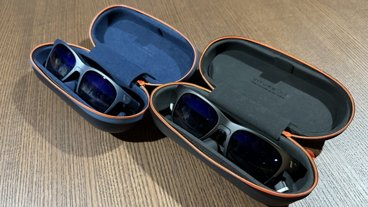
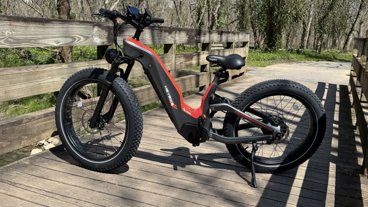

25 Comments
I'm about ready to plunk down my money for nearly this exact model MBP 15" (will use AppleInsiders Adorama deals as I did last year when I upgraded my iMac). But something is still bothering me and it is a test that AppleInsider did recently where they compared this model running MacOS vs Windows 10 in Bootcamp ( https://appleinsider.com/articles/18/11/22/benchmarked-amds-radeon-vega-20-gives-macbook-pro-big-graphics-boost ) and found that bootcamp resulted in superior frame rates.
Could someone please explain how/why this would happen? It appears this is simply superior software on the part of Windows OS. But it could be that games/benchmarks are really optimized for OpenGL (which Apple has deprecated in favor of Metal), and the programs aren't yet optimized for Apple's new hardware.
Which brings me to a bigger issue - in the past hardware specs combined with standardized benchmarking defined performance. Today with divergent hardware (companies are increasingly developing their own chip sets) and changing standards, benchmarking isn't correlating to my needs. I find the specialized software that I run isn't keeping up with the latest hardware, and in many cases may never be optimized for hardware configurations I end up purchasing.
With unlimited funds I can always purchase a bigger hammer (faster hardware) and I will probably get a bump in program efficiency, but there is no way for me to do a cost/benefit ratio on this using today's tools. Or am I missing something?
Fine with my 2016 15-inch Touch Bar. Zero problems with my keyboard, even after hours a day usage for two years.
Another interesting find if you check it on iFixit, is that 15-inch MacBook Pro offers eight NAND Flash slots.

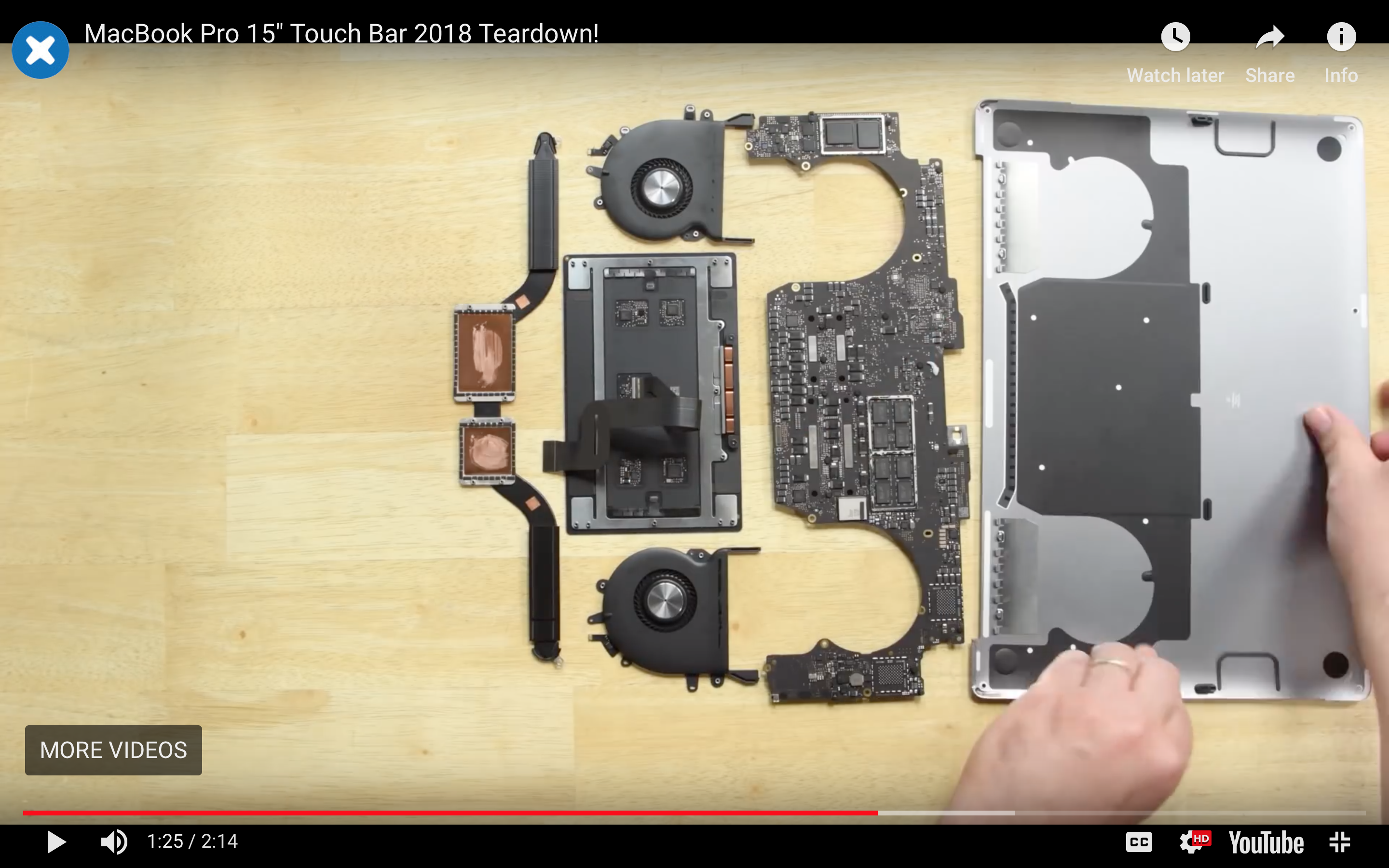

https://www.youtube.com/watch?v=IA9VqG4j5kk
According to the infamous block diagram from iMac Pro, that T2 uses two x4 for communicating each Flash module, which also has eight NAND chips total. Unlike RAID 0 where two SSD are connected in series, T2 works more like a dual-channel memory that connects them in parallel.
Also, looks like T2 technically is a chipset as well, so no need for an Intel PCH, one less bridge from NAND to the processor.
So that means the 15" does have a lot of advantage compared to a single M.2 laptop and on par with two M.2 in RAID 0. But only 15" have that much, while 13" only have four, and two for the rest, most likely balancing from power/performance. You also have to choose more than 256GB if you want to fill up the sockets, maybe 512GB or 1T at least.
Speaking of the RAM, however, I believe it's only single-channel since now a SO-DIMM is able to provide a 32GiB total.